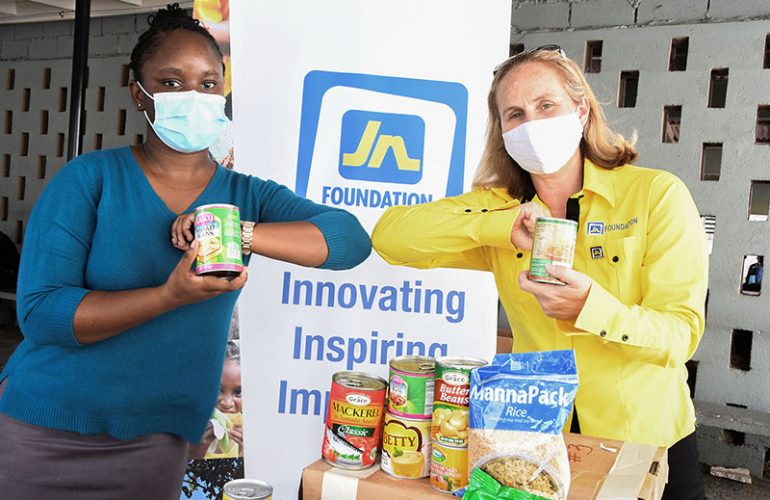Use Your Credit Card Wisely This Holiday Season
Rose Miller, head of the JN BeWi$e Financial Empowerment Programme, says contrary to the common belief, a credit card is not a “debt sentence,” if used prudently.
Mrs Miller, who is also Grants Manager at the JN Foundation, stated that a credit card can be an important tool in the quest towards financial security, if managed carefully.
She added that one of the values of a credit card is that, it gives people access to money they would not otherwise have.
“When you have a credit card you have access to the money that is on the card. Therefore, if you’re on the road and you’re in an accident or you need to rush to the hospital, you have that card and you can use it. And if you pay your credit card bill on time and in full, each month, you pay absolutely no interest on that money,” she pointed out.
Mrs Miller informed that persons can also use their cards to spread out payment for major purchases and establish healthy credit. Some credit cards even come with rewards, such as discounts or cash back on purchases, or airline miles.
She noted that during the Christmas season persons may be tempted to spend more than they normally would; and in many cases, the ease and convenience of the credit card may encourage overspending.
“I encourage prudent spending and careful budgeting at all times, but especially around this time of the year, because credit card debt can be overwhelming; and may prevent persons from saving for future financial goals,” she explained.
Mrs Miller pointed out that there are measures persons can take to prevent credit card debt. Whether they are opening their first credit card account, or starting fresh after paying off a large balance, here are some tips to use credit more wisely and avoid debt:
Spend Within Your Means
The best way to avoid credit card debt is to pay your balance in full each month. But how can you ensure that is an attainable goal? The answer lies in your spending habits. It is important to understand that your credit card can be a tool to build credit; and pay for larger purchases in small increments. Hence it should not be a way to buy things you cannot afford. This can be a hard lesson to learn, as it is easy for credit cards to feel like “free money.” But remembering to only put purchases on your card which you will be able to pay off, is the simplest way to prevent credit card debt.
Make Monthly Payments on Time
Another way to prevent credit card debt is to make payments on time, every time. Many banks let you set up automatic payments, so money from your chequing account can go directly to your card before it’s due every month. You can also set up personal reminders on your calendar if this isn’t an option. Late payments often result in late fees, which can quickly add to your existing balance and make it harder to keep up with payments. You may also consider making multiple payments a month if it works with your budget.
Keep A Low Utilisation Ratio
Ideally, you want to pay your balance in full each month, but if that is not possible, at least try to keep a low utilisation ratio. Your utilisation ratio is the per cent of credit currently in use. Let’s say you have a credit line of $100,000. If you have $50,000 in purchases on your card at a given time, you have a 50 per cent utilisation ratio. Using a high percentage of your available credit can make it harder and harder to pay off debt. As you accumulate a higher balance, you’ll end up paying more in interest. As a rule, keep your utilisation ratio below 30 per cent of your available credit to stay on track and prevent accumulating too much debt. The credit utilisation ratio is the second most important credit score factor after payment history.
Understand Your Credit Card Terms
Knowing the specifics of your credit card agreement can help you to avoid unexpected fees and keep track of your payments. Different credit cards will have different interest rates and potential fees. Before you use your card, read through the agreement to understand when you will be charged a fee, how interest will be applied to your account, what is the current interest rate and when that interest rate will increase. For example, some cards offer zero per cent interest for a specific amount of time; however, when that time frame is up, you will be charged interest on your purchases. Don’t let these factors surprise you. A good way to ensure you stay in the know is to continually improve your financial education.
















